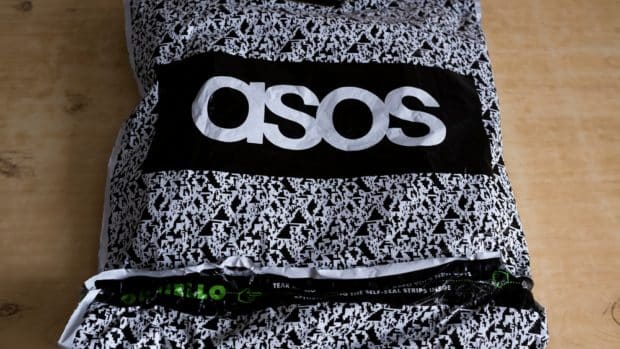Deep discounts on big ticket items will be top of shopping lists this Black Friday – which means retailers will have to source the right deals to meet consumer demand. Amazon is no different. But despite slashed prices, the overall value of consumer spend was down 12 per cent in 2018, so maybe the hysteria around Black Friday is dying down.
There used to be a separation between Black Friday and holiday shopping, but now it feels like a lot of retailers have a non-stop sale on between November and New Year. This puts less pressure on consumers to make a decision and limits the urge to make impulse purchases on one day.
When Black Friday comes, Amazon, not Google, will be the king of search engines – do you have any thoughts on maximising search terms etc. on Amazon?
Two-thirds (66 per cent) of consumers now start their product search on Amazon, meaning the retail giant offers an attractive model for brands aiming to capture buyers’ attention during Black Friday weekend. But with millions of sellers on Amazon worldwide, competition is steep. Customers crave convenience and want to find your products and checkout as easy as possible. So if your Amazon SEO and SEM isn’t perfect, a competitor will win the business. Brands need to make sure their product listings and search media are on point. You don’t want any potential customers slipping through the cracks when the big day arrives.
Best practice for Black Friday content – do you have any thoughts on what your products/store need to look like to attract Amazon shoppers?
If brands wait until mid-November to start marketing to shoppers, they’re too late. Brands need to prepare their inventory and marketing strategies so they can hit ‘go’ in September/October. But remember – the art of holiday marketing isn’t a one-and-done tactic. A brand’s marketing strategy must evolve with the holiday season. It needs to be continually adjusted to keep pace with the different events in the final quarter of the year.
How does Black Friday impact brand values?
Black Friday is a double-edged sword for brands. On the one hand, you can use the event to shift volume. But on the other, you’re discounting heavily through one of the busiest shopping periods of the year and negatively impacting your average unit price across the year.
This is why Black Friday is problematic for brand marketing. After all, one of the key outcomes for brand marketing is being able to sustain a price premium. But on 29th November, this mantra goes out of the window and brands solely use discounting to catch the consumer’s attention.
As Black Friday extends to Black November, there is a risk that constant discounting could undermine a brand’s positioning and degrade its value in the eye of the consumer. Remember price deductions shouldn’t only drive sales, but should be part of a broader marketing strategy. For example. moving stock of an outgoing model. When done with precision, discounting can be a valuable sales driving technique, but it must be managed carefully.








Share